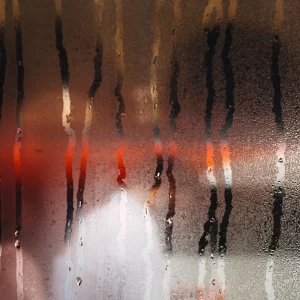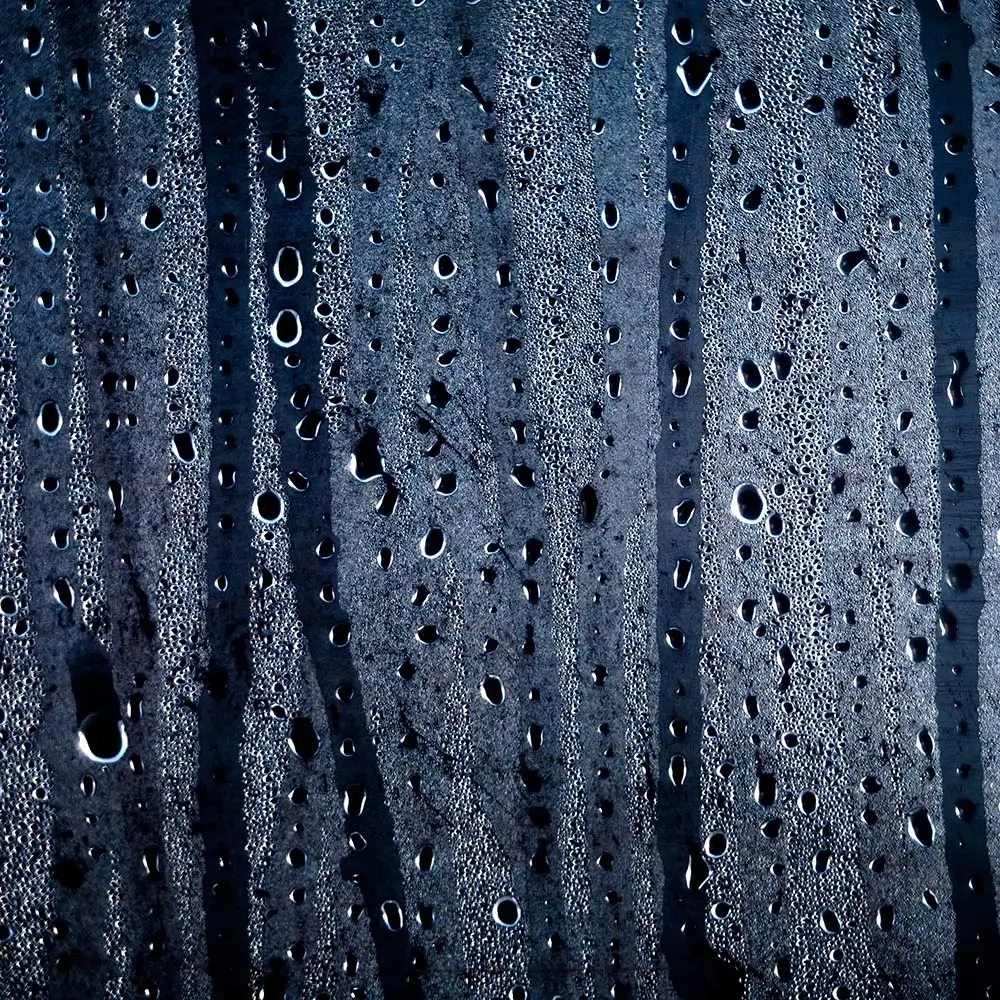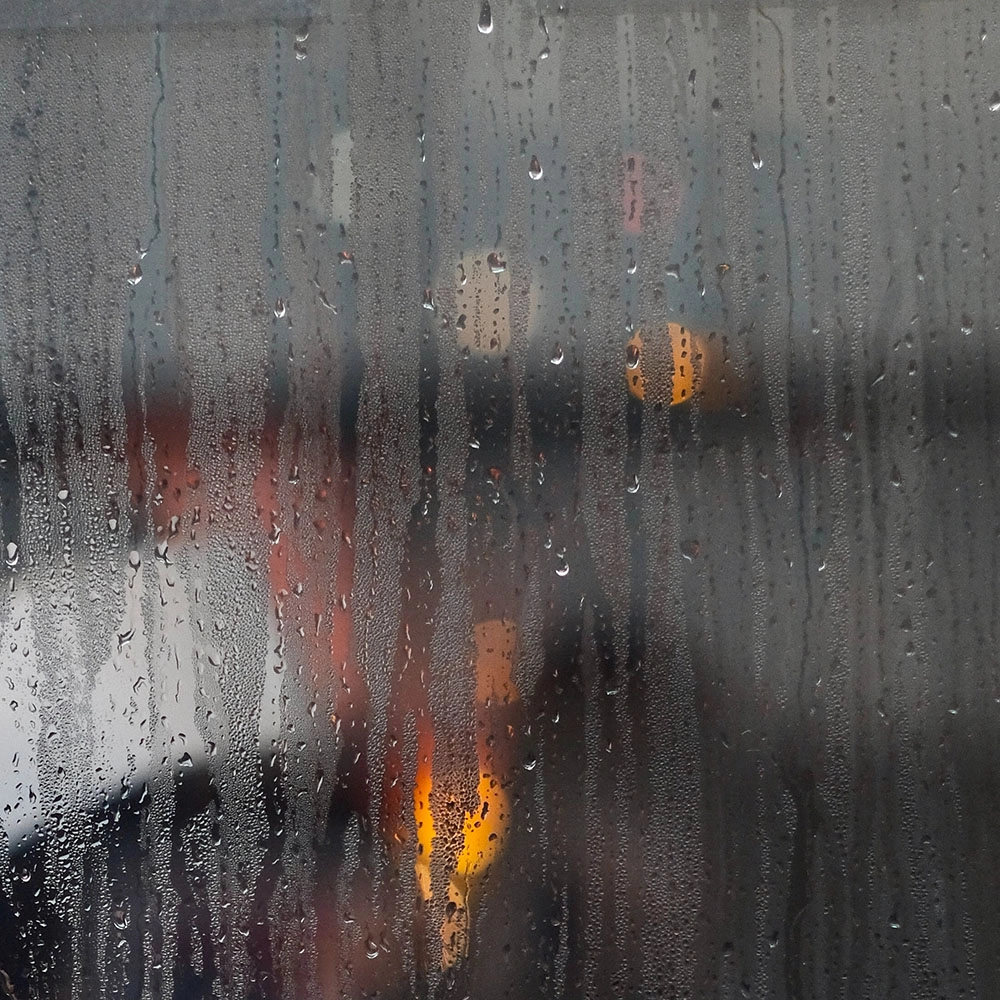What causes condensation?

Interior condensation forms when excess moisture in the air comes into contact with a cold surface. When it is significantly colder outside than inside, condensation will form on the surface of a window as the water molecules quickly join together.
Unfortunately, condensation tends to be more prevalent in the winter season when it is colder outside, and the windows and doors are closed to retain the heat in occupied properties. Because of this, it is paramount when considering glazing that all projects must consider ventilation, this is key to removing any moisture build-up within the home.
Traditional single glazed units will of course have the most condensation appearing on the glass, as the glass is as cold on the inside as the outside. With the recent introduction of double and triple glazed units, condensation has been reduced. However, occasional condensation can still form, as described below.
Problems associated with interior condensation
If problems with condensation are not quickly fixed, serious problems can occur. Condensation can be detrimental to both the condition of a building, particularly its windows, and in the long term, it can have a negative impact on the occupants’ health. Some warning signs to watch out for include:
- Paint peeling off timber windows
- Patches of black mould on window frames
- Wet patches on walls and ceilings
- Changes in the health of inhabitants
Condensation can be serious. It is certainly something that should be addressed sooner rather than later. If you’re having problems with condensation, let’s take a look at some of the most effective ways to solve the issue.






